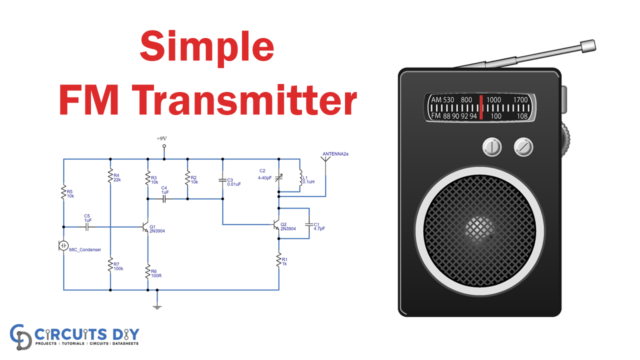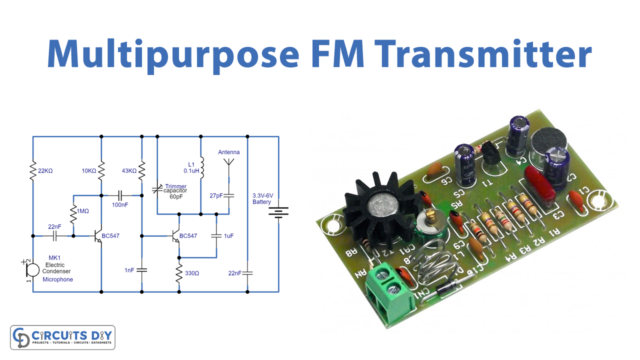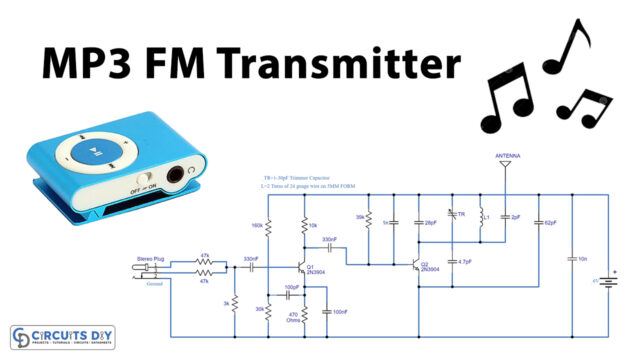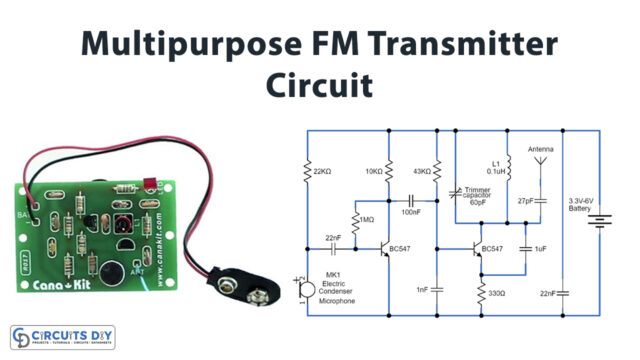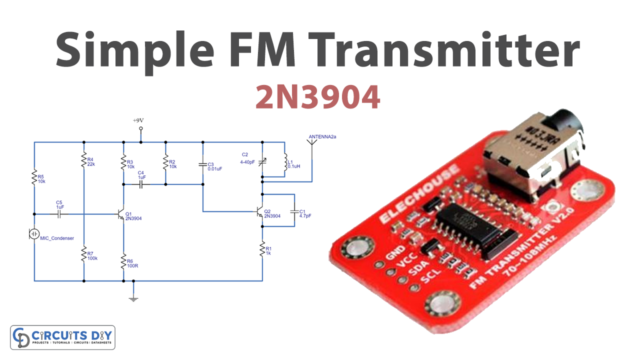In this DIY, we are developing an “FM Tracking Transmitter”. This transmitter circuit is utilizing the “LM3909 IC”. LM3909 is a well-known integrated circuit. We regularly see them in the LED flasher circuit and oscillator generator.
It is an extremely basic circuit. They are utilized rather than the circuit that utilizes many transistors. Even though LM3909 ICs are not fabricated any longer, some electronic shops have a supply of them and it is as yet accessible in certain parts of the world and online on certain sites.
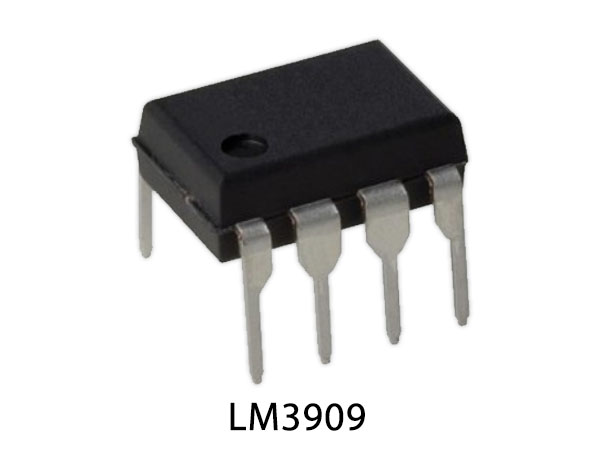
Hardware Component
The following components are required to make FM Tracking Transmitter Circuit
| S.no | Component | Value | Qty |
|---|---|---|---|
| 1. | Coil | 2 turns of #24 wire on 5 mm | 1 |
| 2. | Trimmer Capacitor | 1-30 pF | 1 |
| 3. | Antenna | 12 inch | 1 |
| 4. | Ceramic Capacitor | 1nF, 10nF, 2pF, 5pF, 28pF, 62pF | 1 |
| 5. | Resistor | 100Ω, 39K | 1 |
| 6. | IC | LM3909 | 1 |
LM3909 Pinout

For a detailed description of pinout, dimension features, and specifications download the datasheet of LM3909
FM Tracking Transmitter Circuit
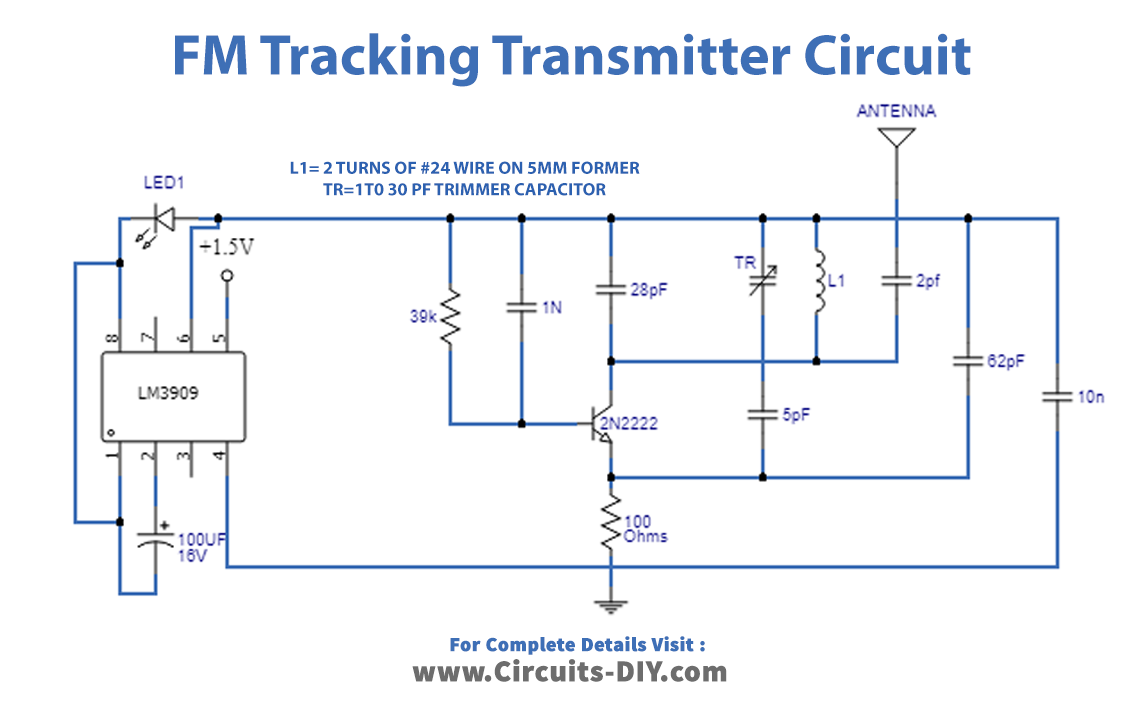
Working Explanation
In this portion, we are going to talk about the circuit operation of an “FM tracking transmitter”. The circuit can be worked with a 1.5V battery and it will last longer because the current utilization of the circuit is just 3.7mA. At the point when you complete the assembling of the circuit, apply 1.5 volts to the circuit and you will see that the LED blinking will begin in the circuit. Take a decent quality “FM receiver” and tune the transmitter on it. You will hear tap-tap-tap and so forth beat equivalent to the flash of LED.
On the off chance that you have discovered the beat and it will be interfering with any radio broadcast at that point change it with the assistance of a variable capacitor in the transmitter and tune it on the clear spot. The transmitting extent of this circuit is 30 to 50 meters. Utilize 12-inch wire as an antenna.
Applications and Uses
- FM transmitters are usually utilized for playing audio gadgets on vehicle radios that don’t have an AUX input jack or Bluetooth sound connectivity.
- They are likewise used to broadcast a sound source, similar to a PC or a TV.


